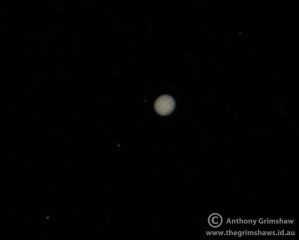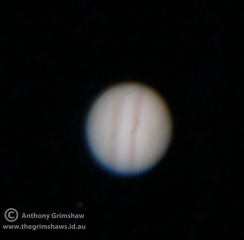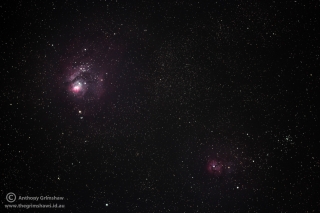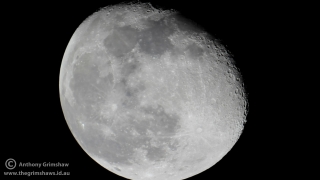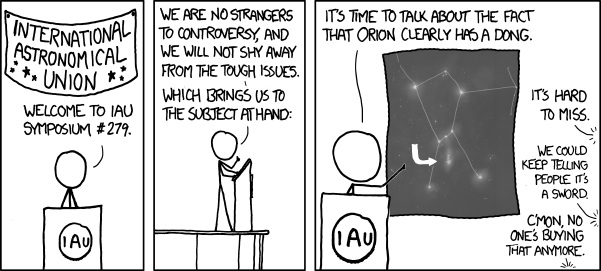Canon DSLR Camera for Astrophotography
A long time ago in a galaxy far far away Canon created the first ever Digital SLR Camera for Astrophotography enthusiasts; The Canon EOS 20Da, despite it having a short lived life and no successors to it’s creation this Camera established Canon as a firm leader of choice in cameras for Astrophotographers and subsequently lead to a group of developers creating affordable and powerful tools that harness the power of Canon cameras (such as Backyard EOS).
As time went on and the 20Da was superseded by newer more powerful camera models and was no longer available for purchase people started performing modifications to their cameras to try and achieve the same level of sesitivity as the 20Da to these select light frequencies. It goes without saying that these are tricky modifications not for the faint hearted and also voided the warranties on the Camera. On the flip side for those that can afford the risk and managed to pull it off they could sit back and pump out some great photos from their Cameras.
Well guess what? Read the rest of this entry »
Jupiter Again
Jupiter 22nd October 2011
I thought I would go back and try Jupiter again and see if I could get the moons this time, this was taken with my WO Megrez 90 Scope again from my front drive in Brisbane. This was taken using my Canon EOS 600D Camera in HD video mode and stacked with Registax. As you can see between the image taken on the 11th and the one taken here the differences in the F Ratio of the telescopes and the field of view. The MAK127 is an F Number of 11.8 and the Magrez 90 has F6.3 so a much wider field of view on the Megrez 90.
Jupiter
Jupiter 11th October 2011
This is my first attempt at imaging Jupiter, this was taken with my MAK127 Scope and was taken on the 11th October 2011, again from my front drive in Brisbane. This was taken using my Canon EOS 600D Camera in HD video mode and stacked with Registax. You really do need a large scope for planetary imaging with a long F Ratio (say F10) to get in nice and close to the planets.
M20 (Trifid) and M8 (Lagoon) Nebula
M20 (Trifid) and M8 (Lagoon) Nebula 11th Sept 2011
This image was taken on the 11th September 2011 from my front Drive in Brisbane so was affected by light polution. I cannot remeber all the details of the images taken on this day or how I processed it, but I definitly over cooked it when stretching the histogram and colours (in fairness to me I was just learning how to do this).
One day I will go back and reshoot this target again with alot more time and a much darker sky.
For more images of our solar system have a look here: Nebulae
Very First image through a Telescope
Moon – 17th August 2011
My Very first attempt at imaging was from my front drive in Brisbane, what better a target when a begginer than the moon. :), big and bright and very easy to capture. I was tatally thrilled when this was stacked and processed.
I can’t remeber the specific details of how I did this but it was a simple stacking of images (from 15 seconds of video extracted to jpeg files) stacked in Registax 6
For more images of our solar system have a look here: Solar System
